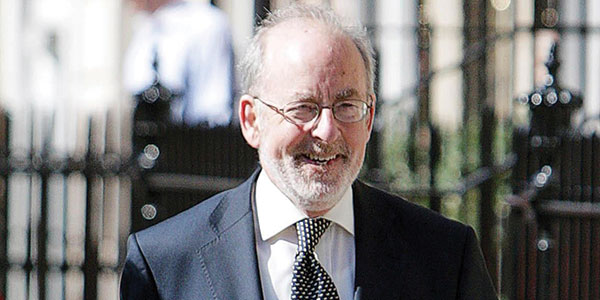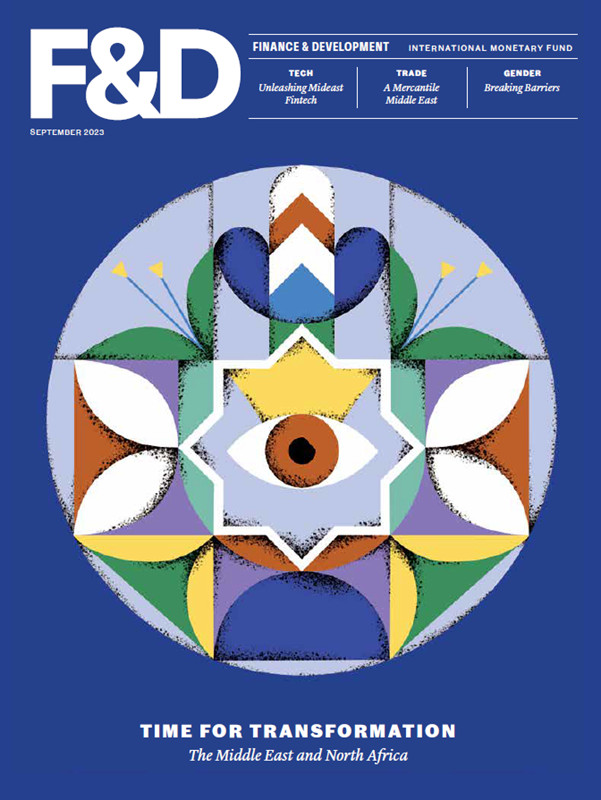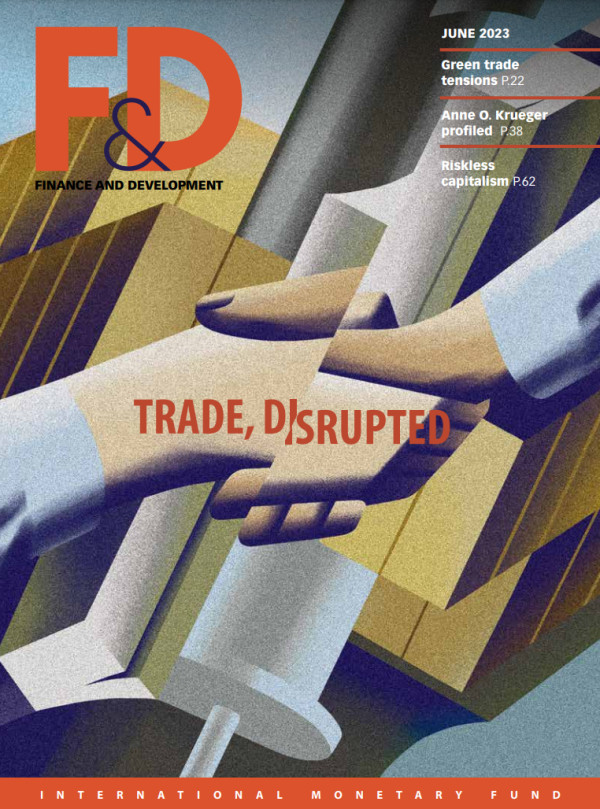In the Trenches
Breathing Space
Patrick Honohan explains how the IMF helped Ireland overcome its financial crisis

Patrick Honohan took over as governor of the Central Bank of Ireland in 2009, as the country’s financial meltdown deepened. As one of Ireland’s chief financial firefighters, he directed efforts to rescue the country’s banks and had a leading role in negotiations on a lending program with the IMF, the European Central Bank, and the European Commission. Honohan retired from the central bank in 2015, when the country’s recovery was well underway. He previously worked at the IMF and the World Bank and was economic advisor to Irish Prime Minister Garret FitzGerald. He has taught at the London School of Economics, University College Dublin, and Trinity College Dublin.
F&D: What were the origins of the crisis in Ireland?
PH: The economy became overindebted as part of a price bubble and the construction boom. And when the global economic turndown came—in fact a little bit before that—there was a general realization that the Irish construction sector was too big, the prices had moved too high, and there was a loss of international confidence. The construction boom stopped suddenly. Irish tax revenue, which had been heavily dependent on the construction boom, also collapsed, leaving a big hole in the government’s accounts. And as the banks realized that many of their borrowers wouldn’t be able to repay, especially the property developers and construction companies, they found difficulty also in financing themselves.
F&D: How quickly did the government react?
PH: The Irish government’s reaction was quite prompt. Already in 2008, the minister for finance started to bring in the corrective measures—fiscal measures, tax increases, spending restraint. By 2009, the government had laid out a multiyear program of fiscal adjustment, which encouraged the markets. But during 2009, and especially in 2010, the markets’ confidence in the adequacy of these measures fell away. The markets realized that the banking failures were going to cost the government enormous sums of money—the government had guaranteed all the liabilities of the banks—and that the underlying fiscal situation was also much weaker and was going to remain weak. So, by 2010, there was a loss of market confidence in the government’s plan and its ability to turn things around.
F&D: When did the government realize that outside help would be needed?
PH: During the autumn of 2010, yields on Irish government securities in the secondary market rose and rose. The banks were unable to finance themselves. It was clear that something had to be done, or else the Irish economy as a whole would get into a kind of doom loop of higher financing costs and loss of access to the markets.
F&D: Was there any alternative to international assistance?
PH: If we had kept going on our own, trying to turn this around in the face of financial market turbulence and very high interest rates, it would surely have been more costly than going into the program where we had assurance for three years of adequate funding at what in the end was an adequate, sufficiently low interest charge.
F&D: What was the IMF’s role in communications with the public?
PH: The IMF captured the confidence of the nation to a surprising extent. They spoke plainly, sensitively, and directly. And people said, "Ah, these guys are actually here to help us.”
F&D: Were there any areas of disagreement?
PH: I would like to have seen it start with lower interest rates. That was not possible at the time of negotiation, but it became possible seven or eight months later. I would have liked to see the banks strengthened by a direct infusion of capital or by some kind of insurance mechanism. But both the IMF team and the Europeans said this was impractical.
F&D: What was the Irish government’s role in designing the recovery program?
PH: This was substantially an Irish government program. There was that tension between the lenders and borrowers as to how long the adjustment would take, but having set the amount of adjustment, it was the Irish government’s decision as to how that adjustment was to be divided between tax increases and spending cuts. And then within taxation, what taxes. And within spending, what spending adjustments.
F&D: How quickly did the economy recover?
PH: We saw no real pickup in employment or in economic activity until 2012. It was a very, very severe slowdown. And the employment loss was severe.
F&D: How did you explain the program to the public?
PH: The way I put it at the time, when speaking to the public, was that the IMF was going to provide protection for Ireland against the vagaries of the international financial markets, which were now asking very high interest rates for Ireland to borrow, and Ireland needed to borrow a lot of money to keep public services going. What was on offer gave the breathing space for the adjustment of the public finances, the economy generally, and the banking system to take place to an extent that by the end of 2013, three years later, we were able to stand on our own two feet, and so was the banking system.
F&D: How did the public react?
PH: I saw three waves of political attitude. Firstly, I think that a lot of people in Ireland had a sense that they were having a period of "too good to be true,” that this was an inevitable adjustment, and a sense of "Oh, we should have realized that this was too good to be true.” And that was succeeded by a different wave of political attitude, which was saying, "Somebody is to blame and it must be the banks, and it must be the developers, and it must be the government”—or some mixture of all three. Subsequently, after a couple of years, I think that shifted away towards a search for outside blame, blame to be placed on the European Union, on trends in globalization, on international financial markets.
PHOTO: ONUR PINAR PHOTOGRAPHY
Opinions expressed in articles and other materials are those of the authors; they do not necessarily reflect IMF policy.








